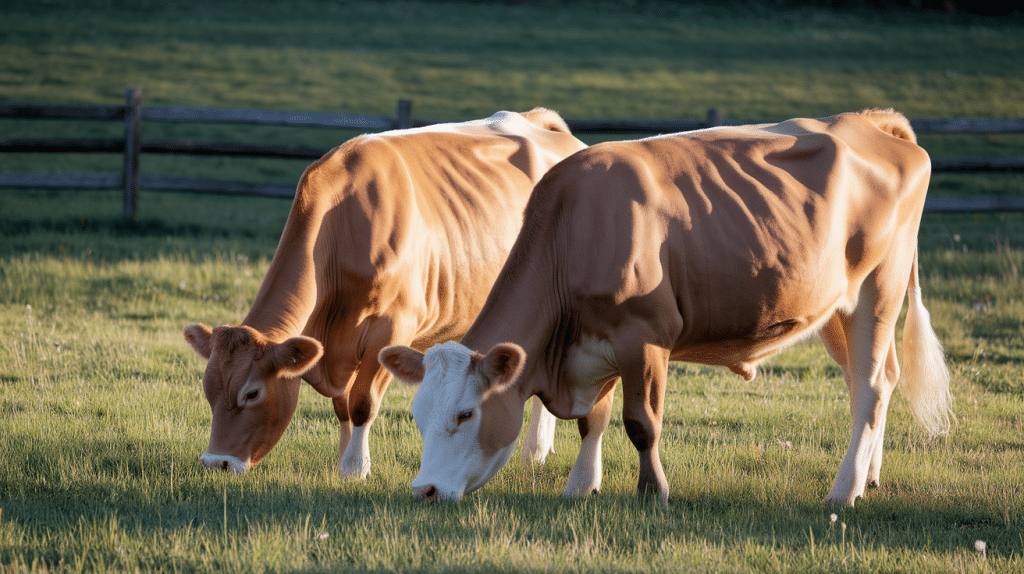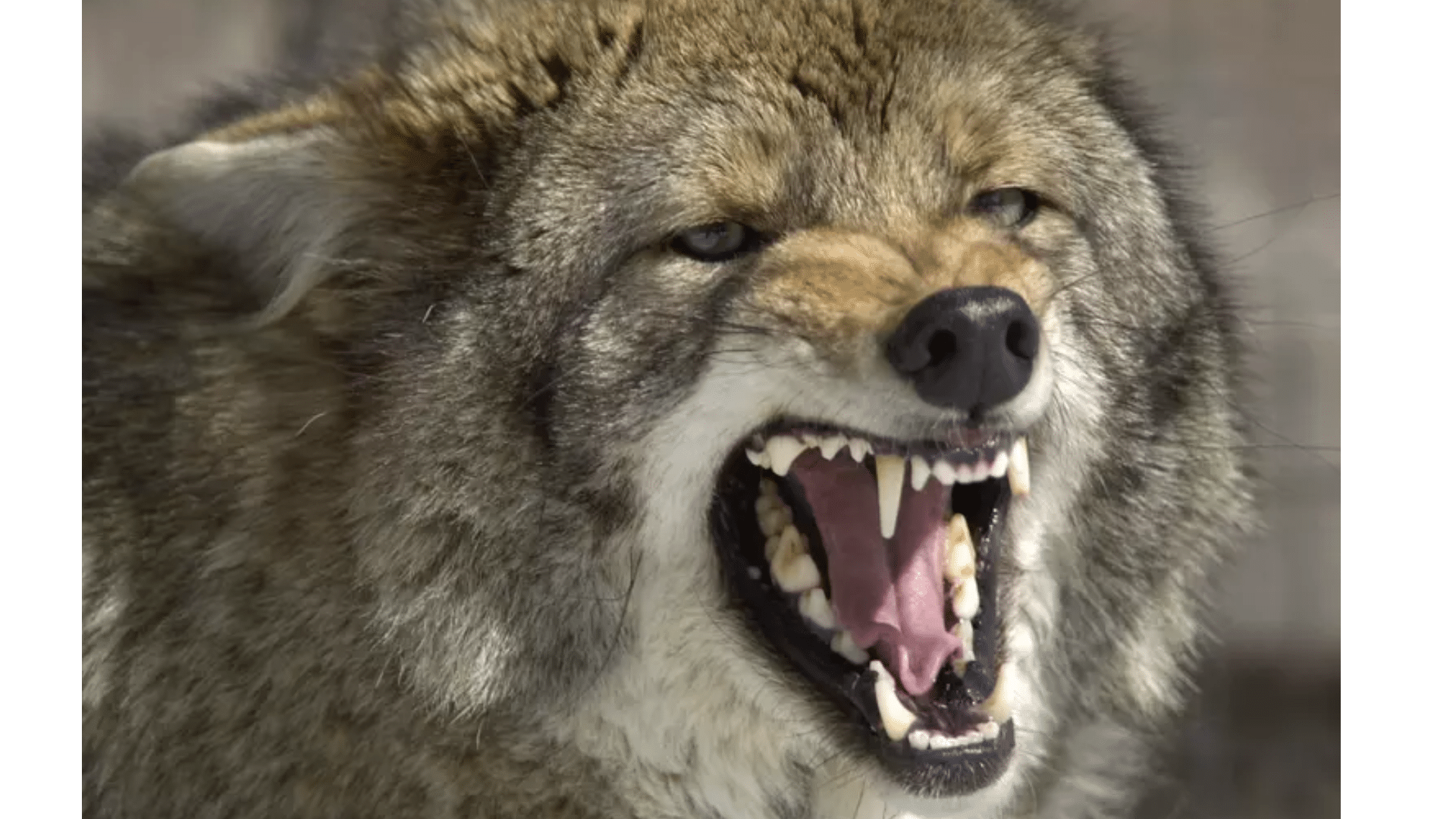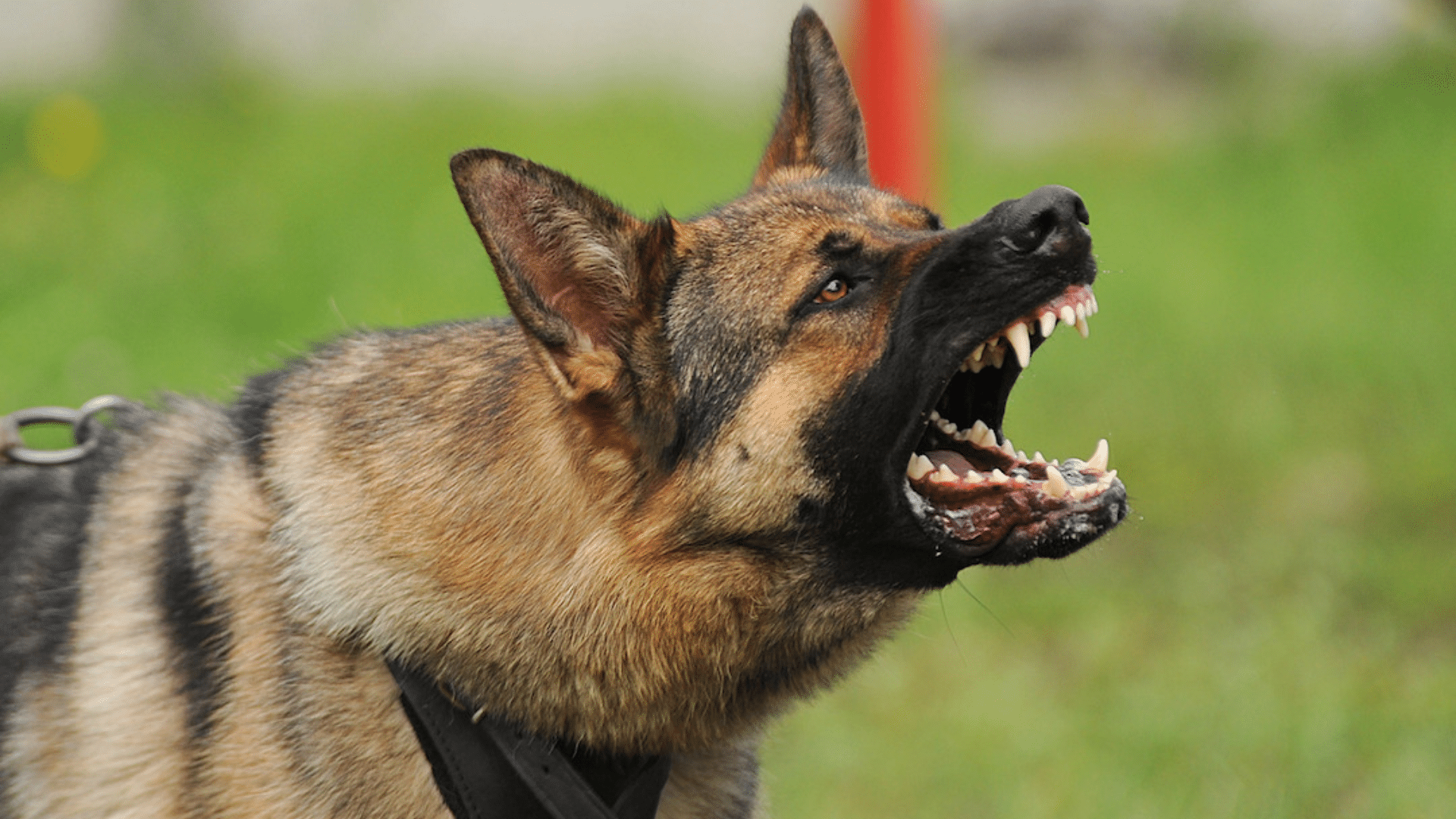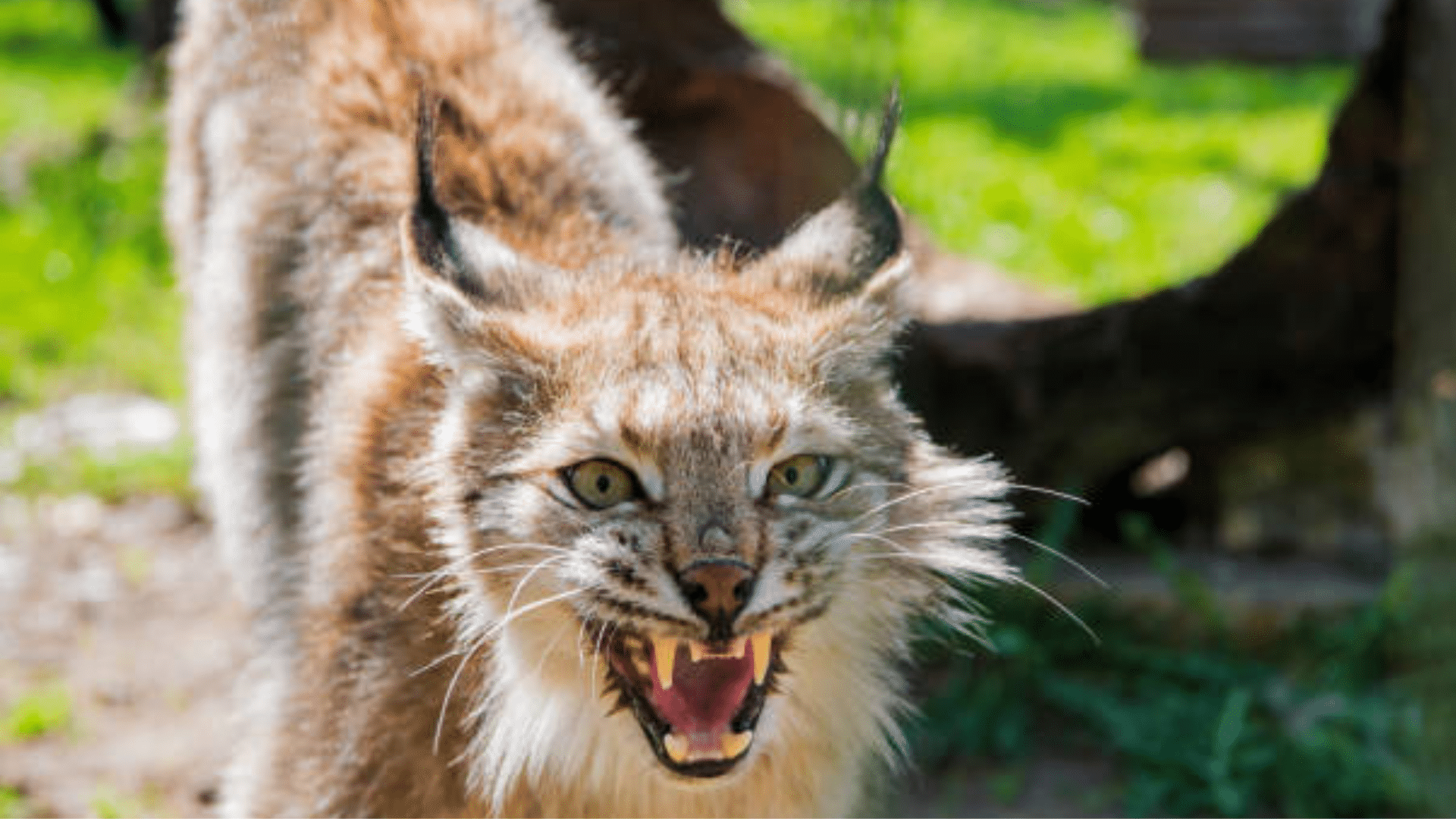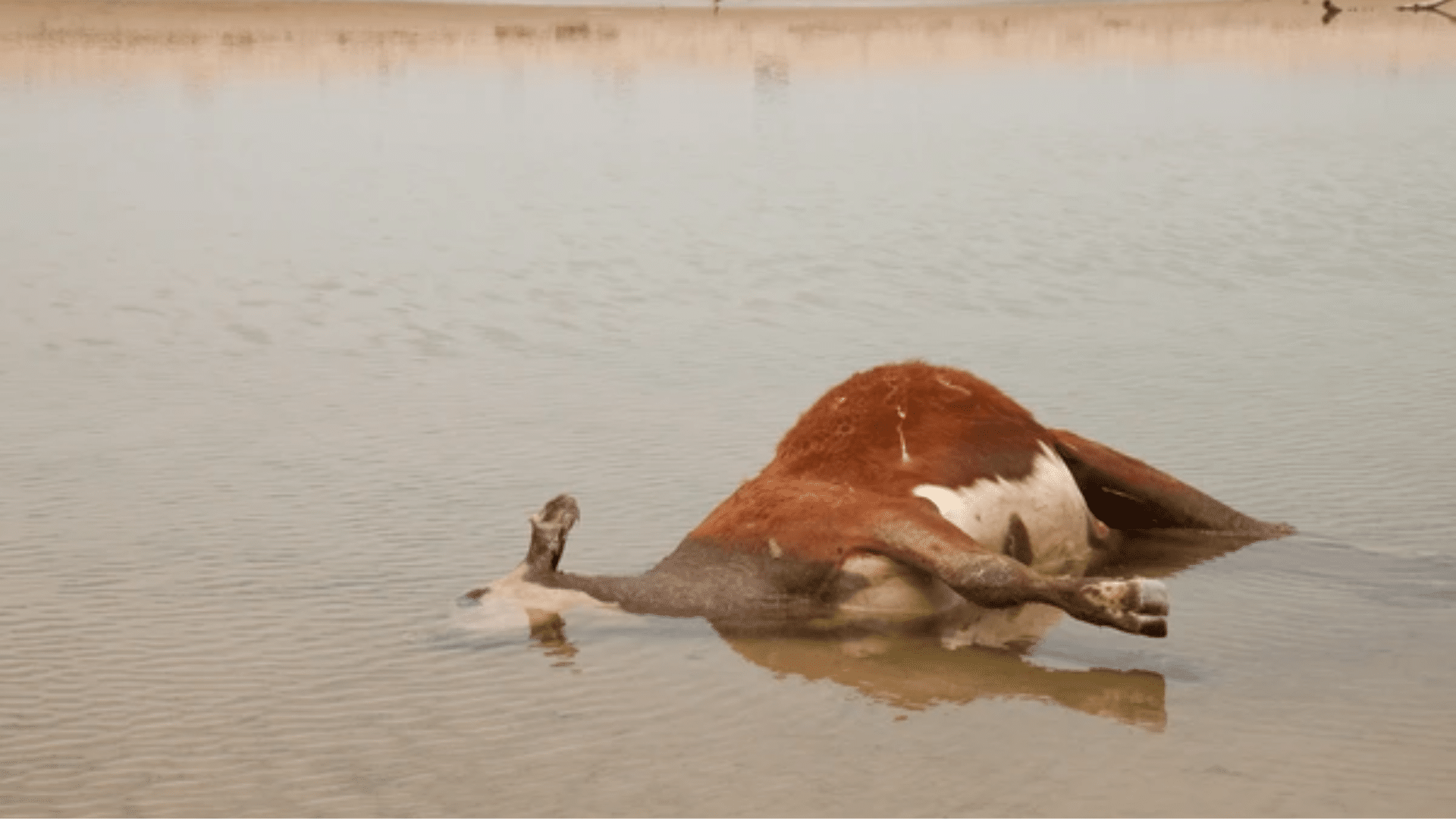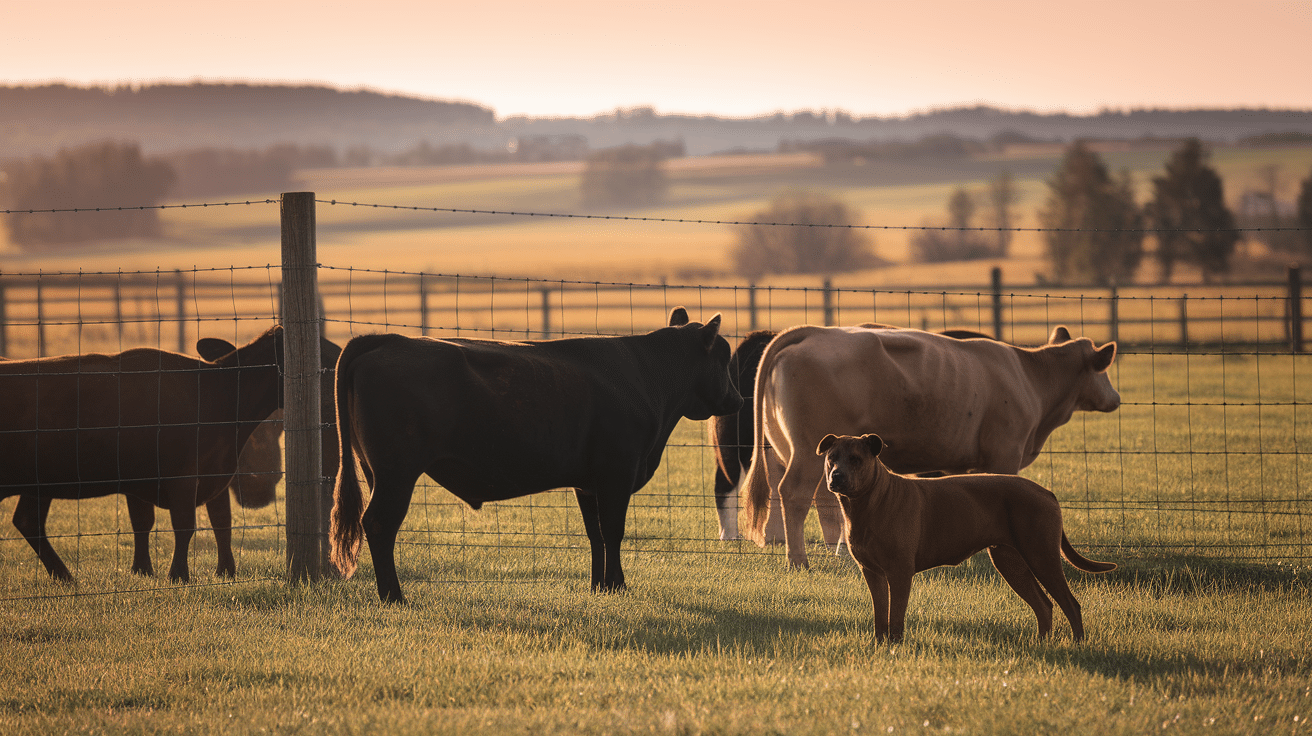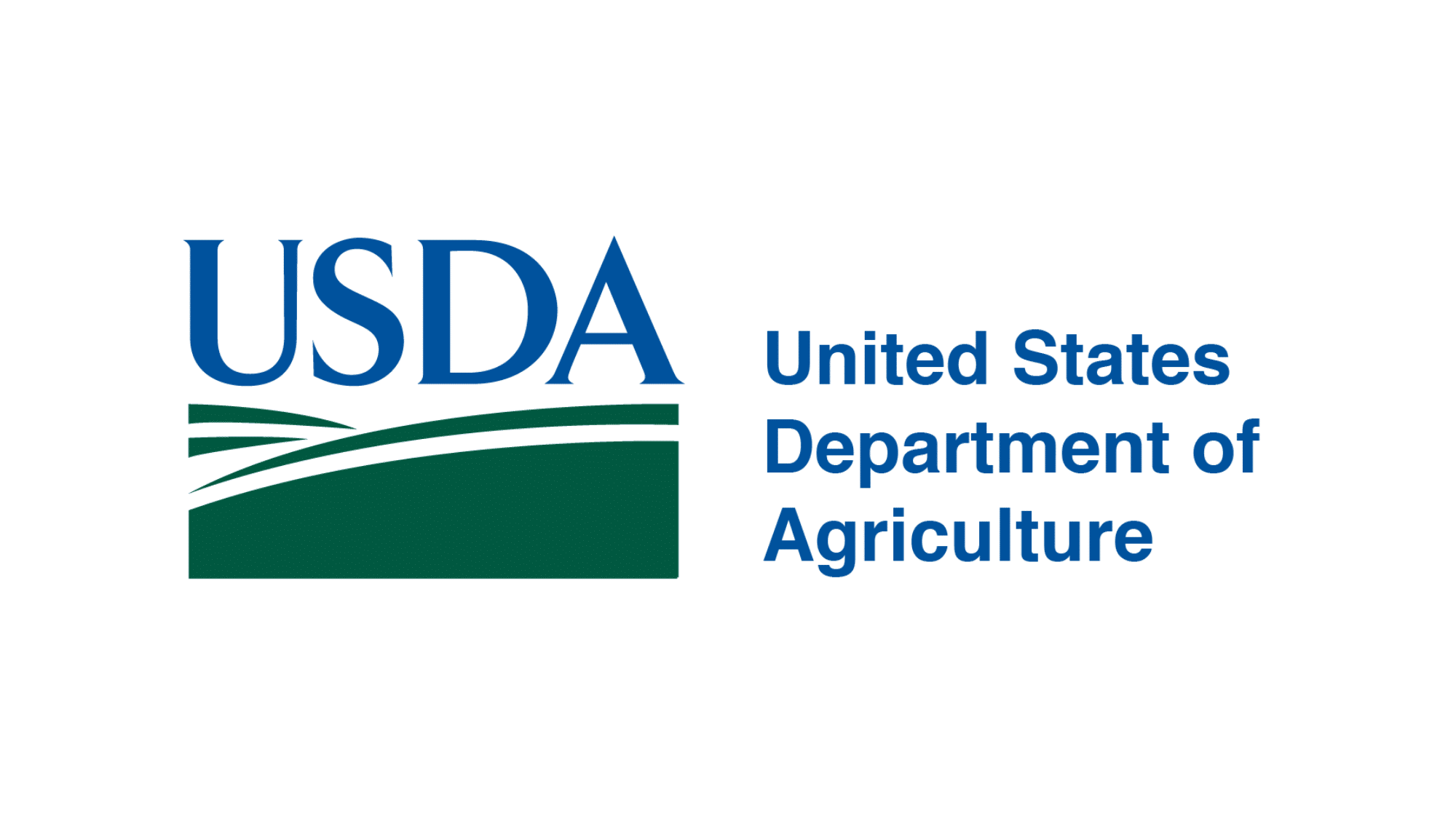Every year, about 220,000 cattle are lost to predators, according to Wild Earth Guardians.
While this number might sound big, it’s only about 0.23% of the total cattle raised.
Even though predators do take a toll, farmers and ranchers lose far more cattle to sickness, bad weather, birthing problems, and theft, almost nine times more.
In this blog, we will look closer at which wild predators cause the most trouble for cows and how ranchers work hard to protect their herds.
Predators that Threaten Cows
Let’s take a closer look at the main predators that threaten cows.
Each of these animals impacts cattle differently, whether through direct attacks or causing stress to the herd.
1. Coyotes
Coyotes are the biggest threat to cattle, especially to young calves. They usually hunt alone or in small groups and often attack during nighttime or early morning.
Sometimes, the injuries caused by coyotes aren’t immediately fatal but still leave the cattle weak and exposed.
Farmers often lose calves within the first few days of birth because of coyote attacks, making them a major concern in open-range farming.
Cattle Deaths Caused: 116,700 annually
2. Domestic Dogs
Surprisingly, domestic dogs cause significant harm to cows. While they usually don’t hunt for food, dogs can chase, injure, and sometimes kill calves and even grown cattle.
The chase alone can stress cows so much that it leads to injury or miscarriage in pregnant cows. Domestic dogs often cause more injuries than deaths.
But their impact is serious because of the fear and panic they create in the herd. Farmers must stay alert, even in suburban or rural areas, to prevent these attacks.
Cattle Deaths Caused: 21,800 annually
3. Felids (Pumas, Bobcats, Lynx)
Big cats like pumas, bobcats, and lynx are stealthy hunters that usually go after calves or smaller cows.
They prefer to ambush their prey, using strong jaws and sharp claws to target the throat or neck.
These predators typically work alone and hunt at night or early dawn.
Though their overall numbers are lower compared to coyotes, their attacks are often deadly when they happen.
Farmers in regions with lots of forest cover need to be especially careful about protecting young cattle from these quiet hunters.
Cattle Deaths Caused: 18,900 annually
4. Wolves
Wolves are highly organized predators that usually hunt in packs. They can take down larger cattle, especially if the cows are isolated or weakened.
Though wolves account for fewer cattle deaths compared to coyotes or dogs, their impact is still serious because their attacks are often brutal and cause large injuries.
In areas where wolf populations are strong, ranchers often need extra fencing, guard animals, or other protective measures to keep their herds safe.
Cattle Deaths Caused: 8,100 annually
5. Unknown Predators
Sometimes, farmers find dead or injured cattle but can’t tell which predator caused the damage.
These cases are labeled as attacks by unknown predators.
Many times, the injuries suggest a wild animal attack, but without clear evidence, the exact cause remains uncertain.
Although “unknown predators” might sound vague, these cases still add to cattle losses every year.
This shows how challenging it can be for farmers to track and manage predator threats, especially in remote or heavily wooded grazing areas.
Cattle Deaths Caused: 27,300 annually
Certain Ways Farmers Protect Their Cows from Predators
Farmers and ranchers use different methods to keep their cows safe, depending on the type of predators around and the size of their herd.
Some strategies are simple, while others use modern tools and technology.
Let’s take a look at the main ways farmers protect their cows from predators:
- Fencing: Strong fencing, especially electric or high-tensile fences, helps keep predators like coyotes, wolves, and stray dogs away from cattle.
- Guard Animals: Farmers often use guard animals like dogs (such as Great Pyrenees), donkeys, and llamas. These animals are protective and can scare off predators.
- Night Shelters: Bringing cows into barns, sheds, or closer to the farm buildings at night keeps them safer from nighttime hunters.
- Lighting and Alarms: Motion-activated lights and noise alarms can scare predators away when they approach pastures, especially after dark.
- Rotational Grazing: By moving cows regularly between pastures, farmers make it harder for predators to predict where the cows will be, reducing attack chances.
- Human Presence: Having farmers or ranch hands patrol the fields, especially during calving season, helps deter predators from getting too close.
- Fladry: This involves hanging flags or ribbons along fences or ropes. The movement and color scare off wolves and other shy predators.
- Livestock Protection Collars: Some calves and cows wear special collars that either make noise or carry protective sprays to discourage attacks.
- Habitat Management: Farmers may clear brush, tall grass, or forest edges where predators hide, making it harder for them to sneak up on cows.
- Predator Deterrent Devices: These include flashing lights, scarecrows, or special predator-proof sirens that are installed around cattle areas.
Conservation Steps Taken to Protect and Preserve
Over the years, the U.S. has taken several important steps to help protect cattle and support farmers.
These conservation efforts focus on improving ranching practices, reducing predator conflicts, and promoting healthier livestock populations.
Here are some conservation actions that have made a difference:
1. Livestock Protection Programs
The U.S. Department of Agriculture (USDA) and various state agencies run programs that help ranchers protect their cattle from predators.
These programs offer support for building better fences, using guard animals, and setting up safe grazing practices to reduce cattle losses.
2. Predator Control Services
The USDA’s Wildlife Services branch helps farmers manage dangerous predator populations through non-lethal and, when necessary, lethal control methods.
This effort helps balance the needs of cattle ranchers with wildlife conservation, aiming to reduce livestock deaths while protecting native species.
3. Conservation Reserve Program (CRP)
The CRP encourages farmers and ranchers to remove environmentally sensitive land from production and plant grasses and trees instead.
By improving the land and creating natural barriers, this program helps provide safer grazing areas for cattle and reduces the chances of predator attacks.
4. Rancher Compensation Programs
Some states and federal agencies offer payment programs that reimburse farmers when they lose cattle to protected predators like wolves.
These programs aim to reduce conflict between wildlife conservation goals and the financial well-being of cattle ranchers, promoting peaceful coexistence.
At The End
Wild predators will always be a part of nature, and cattle losses, though a concern, make up only a small part of overall herd challenges.
Understanding the real numbers behind cattle deaths helps us see that while predators are a risk, health issues, weather, and other problems are much bigger threats.
By working with nature and using the right tools, farmers continue to protect their herds every day.

